
Fahrenheit 451 is a 1953 dystopian novel by American writer Ray Bradbury. It presents a future American society where books have been personified and outlawed and "firemen" burn any that are found. The novel follows in the viewpoint of Guy Montag, a fireman who soon becomes disillusioned with his role of censoring literature and destroying knowledge, eventually quitting his job and committing himself to the preservation of literary and cultural writings.

Ray Douglas Bradbury was an American author and screenwriter. One of the most celebrated 20th-century American writers, he worked in a variety of genres, including fantasy, science fiction, horror, mystery, and realistic fiction.
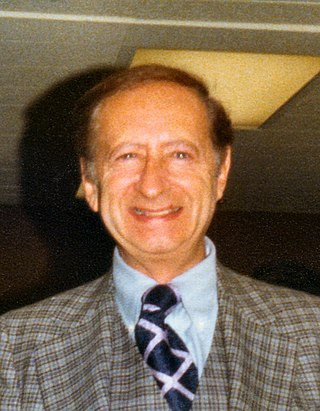
Robert Albert Bloch was an American fiction writer, primarily of crime, psychological horror and fantasy, much of which has been dramatized for radio, cinema and television. He also wrote a relatively small amount of science fiction. His writing career lasted 60 years, including more than 30 years in television and film. He began his professional writing career immediately after graduation from high school, aged 17. Best known as the writer of Psycho (1959), the basis for the film of the same name by Alfred Hitchcock, Bloch wrote hundreds of short stories and over 30 novels. He was a protégé of H. P. Lovecraft, who was the first to seriously encourage his talent. However, while he started emulating Lovecraft and his brand of cosmic horror, he later specialized in crime and horror stories working with a more psychological approach.

The Martian Chronicles is a science fiction fix-up novel, published in 1950, by American writer Ray Bradbury that chronicles the exploration and settlement of Mars, the home of indigenous Martians, by Americans leaving a troubled Earth that is eventually devastated by nuclear war.
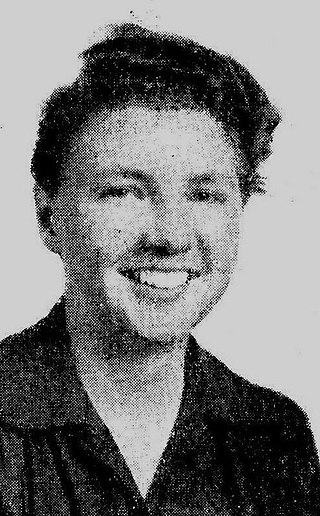
Leigh Douglass Brackett was an American science fiction writer known as "the Queen of Space Opera." She was also a screenwriter, known for The Big Sleep (1946), Rio Bravo (1959), and The Long Goodbye (1973). She worked on an early draft of The Empire Strikes Back (1980), elements of which remained in the film; she died before it went into production. In 1956, her book The Long Tomorrow made her the first woman ever shortlisted for the Hugo Award for Best Novel, and, along with C. L. Moore, one of the first two women ever nominated for a Hugo Award. In 2020, she posthumously won a Retro Hugo for her novel The Nemesis From Terra, originally published as Shadow Over Mars.

William Francis Nolan was an American author who wrote hundreds of stories in the science fiction, fantasy, horror, and crime fiction genres.

Crime fiction, detective story, murder mystery, mystery novel, and police novel are terms used to describe narratives that centre on criminal acts and especially on the investigation, either by an amateur or a professional detective, of a crime, often a murder. It is usually distinguished from mainstream fiction and other genres such as historical fiction or science fiction, but the boundaries are indistinct. Crime fiction has multiple subgenres, including detective fiction, courtroom drama, hard-boiled fiction, and legal thrillers. Most crime drama focuses on crime investigation and does not feature the courtroom. Suspense and mystery are key elements that are nearly ubiquitous to the genre.
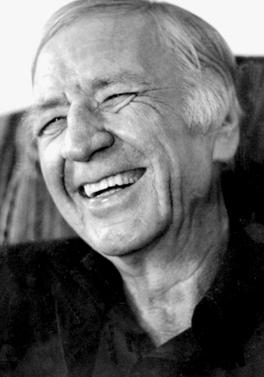
James Myers Thompson was an American prose writer and screenwriter, known for his hardboiled crime fiction.

Raymond Frederick Harryhausen was an American-British animator and special effects creator who created a form of stop motion model animation known as "Dynamation". His works include the animation for Mighty Joe Young (1949) with his mentor Willis H. O'Brien ; his first color film, The 7th Voyage of Sinbad (1958); and Jason and the Argonauts (1963), which featured a sword fight with seven skeleton warriors. His last film was Clash of the Titans (1981), after which he retired.

Dandelion Wine is a 1957 novel by Ray Bradbury set in the summer of 1928 in the fictional town of Green Town, Illinois, based upon Bradbury's childhood home of Waukegan, Illinois, and serving as the first novel in his Green Town Trilogy. The novel developed from the short story "Dandelion Wine", which appeared in the June 1953 issue of Gourmet magazine.
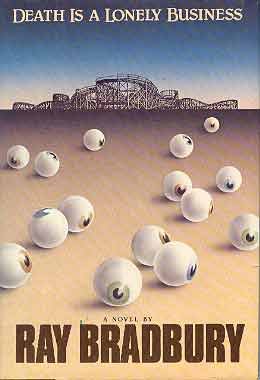
Death Is a Lonely Business is a mystery novel by American writer Ray Bradbury, published in 1985, the first novel in his Hollywood Trilogy of film noir-inspired detective stories. The story, set in 1949, is about a series of murders that happen in Venice, California, then a declining seaside community in Los Angeles where Bradbury lived from 1942 to 1950. The main character and narrator is a sensitive, modest writer, with a girlfriend studying in Mexico City. In the course of the story he meets Elmo Crumley, a detective who helps him solve the mystery behind all the semi-murders occurring among a series of eccentric characters in the forgotten town.
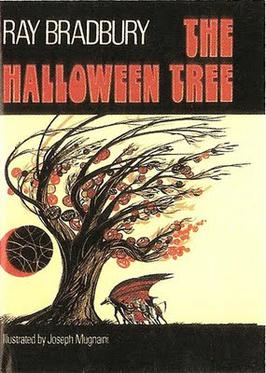
The Halloween Tree is a 1972 fantasy novel by American author Ray Bradbury, which traces the history of Samhain and Halloween.

Green Shadows, White Whale is a 1992 novel by Ray Bradbury. It gives a fictionalized account of his journey to Ireland in 1953–1954 to write a screen adaptation of the novel Moby-Dick with director John Huston. Bradbury has said he wrote it after reading actress Katharine Hepburn's account of filming The African Queen with Huston in Africa. The title itself is a play on Peter Viertel's novel White Hunter, Black Heart, which is also about Huston.
"The Long Rain" is a science fiction short story by American writer Ray Bradbury. This story was originally published in 1950 - under a different title indicative of its ending - in the magazine Planet Stories, and then in the collection The Illustrated Man. The story tells of four men who have crashed on Venus, where it is always raining.

A Memory of Murder (1984) is a collection of fifteen mystery short stories by American writer Ray Bradbury. They were originally published from 1944 to 1948 in pulp magazines owned by Popular Publications, Inc. that specialized in detective and crime fiction. Bradbury tried his hand in the genre but found the results unsatisfactory. He referred to the stories as "the walking wounded" in his introduction to A Memory of Murder.
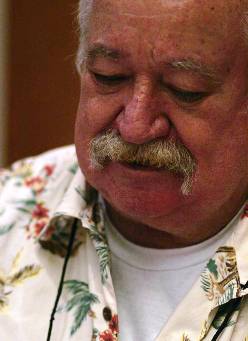
James Arthur Crumley was an American author. He was the author of violent hardboiled crime novels and several volumes of short stories and essays, as well as published and unpublished screenplays. He has been described as "one of modern crime writing's best practitioners", who was "a patron saint of the post-Vietnam private eye novel" and a cross between Raymond Chandler and Hunter S. Thompson. His book The Last Good Kiss has been described as "the most influential crime novel of the last 50 years."

Let's All Kill Constance is a mystery novel by American writer Ray Bradbury, published in 2002. Narrated by an unnamed Los Angeles writer and set in 1960, it chronicles an unexpected visit from aging Hollywood actress Constance Rattigan who gives him two death lists of once-famous people — with Constance's name on one of them, and the gradual unraveling of the mystery by the narrator with the help of private investigator Elmo Crumley.
"Banshee" is an autobiographical short story written by Ray Bradbury in the September 1984 issue of Gallery and later adapted by Bradbury as an episode of Ray Bradbury Theater. The story is based on Bradbury's experiences with John Huston during pre-production of their film Moby Dick, directed by Huston and adapted into a screenplay by Bradbury from Herman Melville's novel.

Charles E. Fritch was an American author and editor of fantasy, science fiction, horror and mystery fiction. He was the editor of Mike Shayne Mystery Magazine from 1979 until 1985. His short story, "Misfortune Cookie", was adapted for an episode of the television series The Twilight Zone.

















